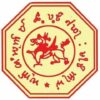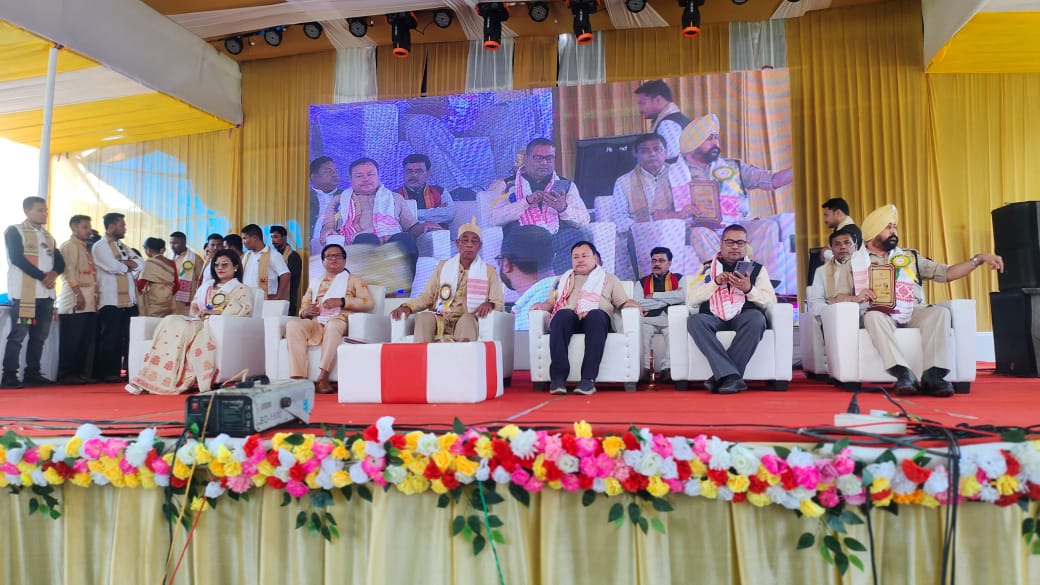The Tai Ahom Community: History, Culture & Revival
Origins and Assimilation
- Many local ethnic groups that came into contact with the Tai settlers were fully integrated into the Ahom community.
- Individuals from other communities were also accepted based on loyalty or talent.
- Today, Ahoms are the largest Tai ethnic group in India, numbering nearly 4.6 million.
- Primarily found in Upper Assam: Golaghat, Jorhat, Sibsagar, Charaideo, Dibrugarh, Tinsukia, Lakhimpur, Sonitpur, Bishwanath, Dhemaji, and parts of Nagaon and Guwahati.
Early Settlement and Formation
Led by Sukaphaa, the initial group of Tai Ahoms wandered for about 30 years before settling in Assam. Peace was made with the Borahi and Moran communities, and intermarriage created the Ahom identity—marking the beginning of Ahomisation.
The Process of Ahomisation
- Ahoms believed they were destined to cultivate unused land and integrate local shifting cultivators.
- Indigenous peoples were ceremonially adopted into Ahom clans.
- Intermarriage and cultural similarity facilitated smooth assimilation.
- Continued until the mid-16th century, before major Hindu influences emerged.
Cultural Shift and Language Loss
Expansion and Cultural Change
- Ahoms expanded westward in the 16th–17th centuries, resisting Mughals and gaining historical recognition.
- Despite being a minority, they retained control of the kingdom.
- Gradually adopted Ekasarana Dharma, Shaktism, and Saivism.
- The Assamese language replaced Ahom for secular use.
Decline of the Ahom Language
The everyday use of the Ahom language diminished by the early 19th century. While ritual texts survive in manuscripts, much of the spoken language has been lost.
Revival and Modern Movements
Founding of TAYPA
Revival efforts began with the All Assam Ahom Association in 1893. On 16th July 1995, Tai Ahom youth established the Tai Ahom Yuba Parishad, Assam (TAYPA)—the strongest youth organization representing the community.
Objectives of TAYPA
- Language & Education: Promote Tai language education; preserve and publish Tai literature.
- Economic Development: Support disadvantaged members; encourage self-employment and local industries.
- Cultural Heritage: Protect monuments; erect statues; celebrate Tai heroes.
- Social Welfare: Improve basic services—transport, water, electricity, healthcare, and education.
- Unity & Identity: Cooperate with Tai communities globally; determine Tai Ahom population; advocate for constitutional recognition.
- Awareness Building: Organize training, seminars, and public campaigns for social and political empowerment.
Duties of TAYPA Cadres
- Work toward political empowerment of Tai Ahom youth.
- Promote unity and moral development within the community.
- Organize leaflets, workshops, and community events.
- Celebrate birth and death anniversaries of Tai personalities.
- Erect symbols of Tai identity, such as dragon statues and monuments.
- Launch income-generating projects: cooperatives, tea plantations, fish and livestock farms, and more.




